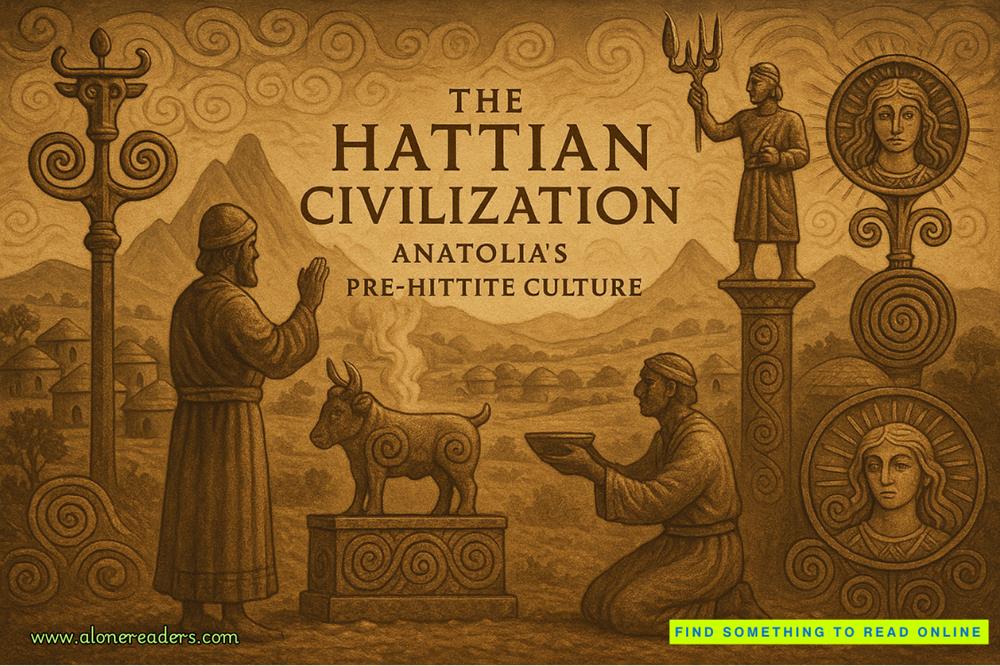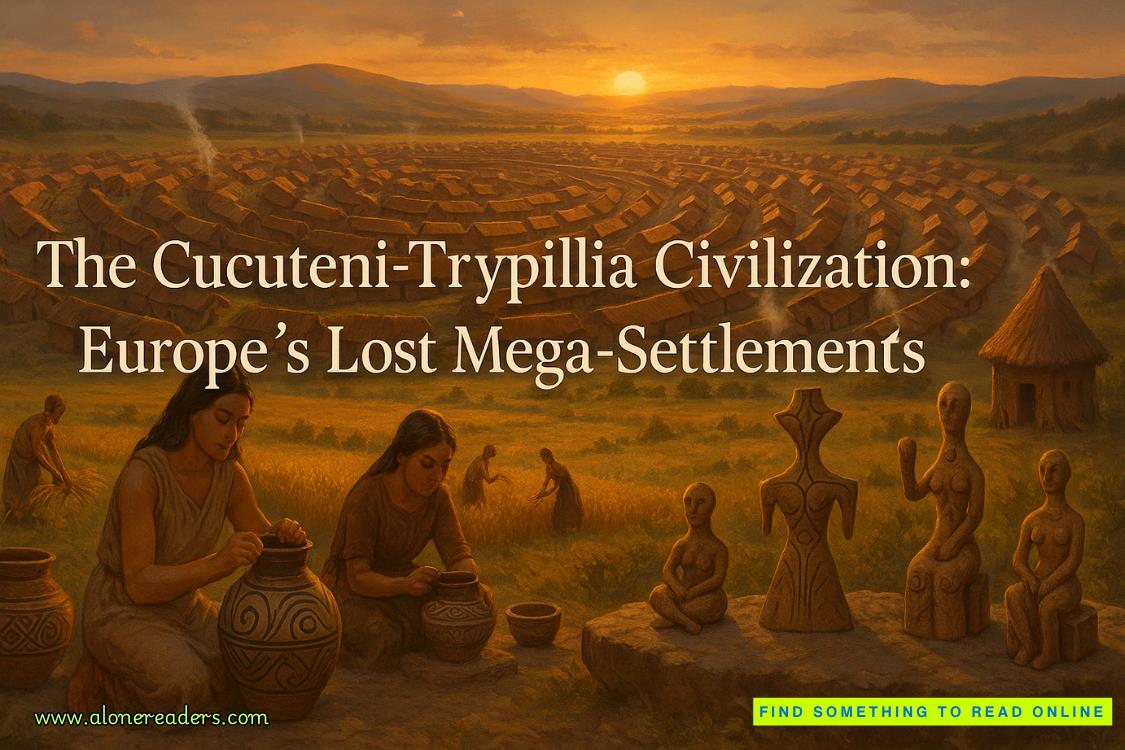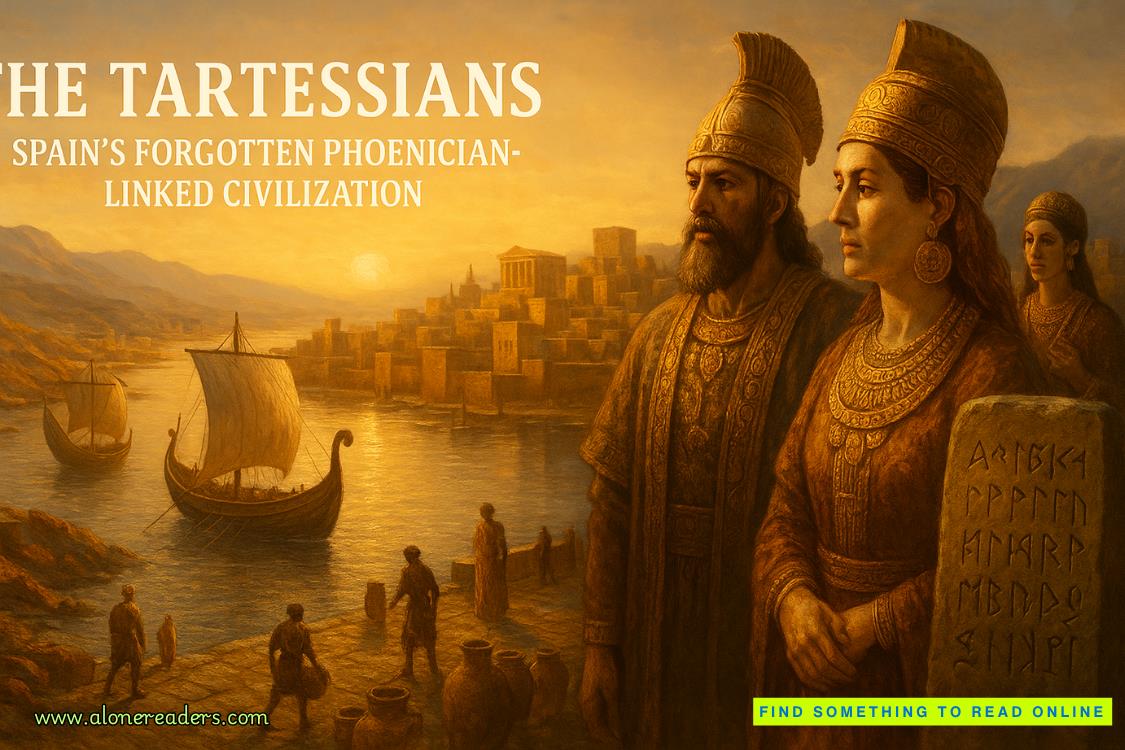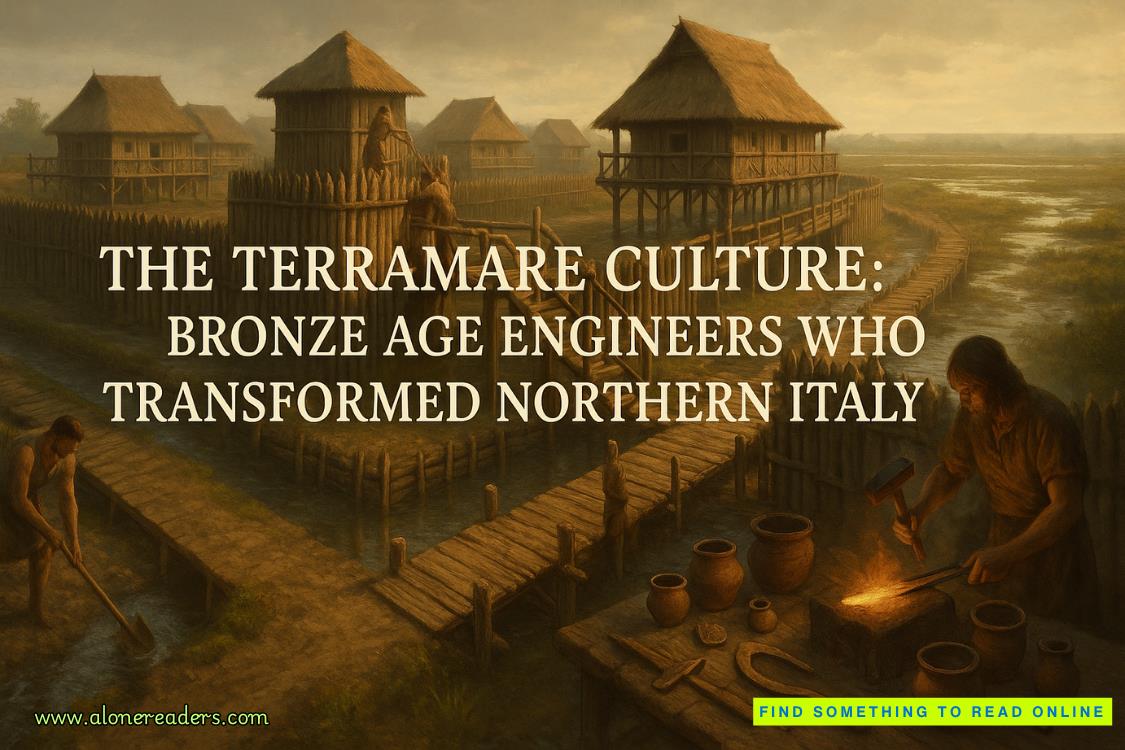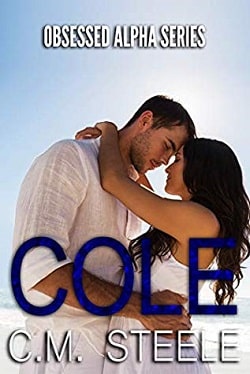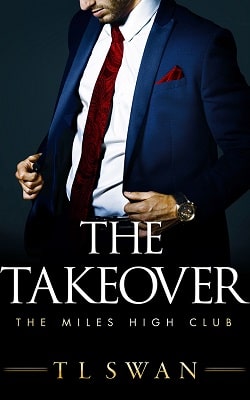We carried the copied case files home and laid them out on the big desk in the study. I was tempted to give Robin the trial transcript, but didn’t want her to get bored. She was excited by this historical sleuthing. So I divided the work, taking the transcript myself and giving her a small stack of police and arson reports.
It was tempting to look back on 1940 as a more innocent time, and that’s probably true. Wars always change nations, coarsen them; Woodrow Wilson had known that on the eve of World War I. And the Arizona and America of 1940 had yet to go into World War II, much less the Cold War, and our current imperial adventures. Advanced communications consisted of dial telephones — the police radio system was only eight years old. Social networking was done at barber and beauty shops, the railroad depot, and the American Legion hall. But human nature persists in all its darkness, and even the little town of Phoenix had its share of violent crime back then. It also had a disproportionate amount of corruption.
The city commissioners themselves were said to control some of the local rackets. The Mafia was beginning to discover Phoenix, a town where cops and judges could be bought, where the banks could be used to launder money. On the outside, it was just a sunny farm town, surrounded by hundreds of thousands of acres of citrus groves and fields. My grandfather’s dental practice was downtown. But Phoenix was also segregated, this place that had been settled by plenty of ex-Confederates. The relatively large black population, which came west with the cotton crop, went to separate schools. The Mexican-Americans were set off in their barrios. The main places everyone mingled were in the produce warehouses along the railroad tracks and in the red-light district on the east side. That was also the scene of Phoenix’s worst race riot, when soldiers went on a rampage during World War II. The official de
ath count was three, but probably was much higher. It was history the chamber of commerce didn’t want you to know.
“Are you bored?”
“Yes.” I was honest.
“It’s fun to watch your face,” she said. “See your mind wander.”
“I just don’t know how much we’re going to be able to help Nick DeSimone clear his grandfather. I wonder why he even cares that much. I probably have several horse thieves and worse in my woodpile.”
“You’re just afraid of getting pulled into Peralta’s orbit. Becoming a private dick.” She said the two words with lewd glee. And it was true enough: I could see Peralta using this project as the “point of entry” drug to get me in his new game.
“What would be so bad about that?”
“I’m just tired of it.”
“He’s very entertaining,” she said. “I remember the first time he said he wanted to tell me his philosophy. That’s exactly what he said, ‘my philosophy.’ I was ready for something heavy and wise.”
I quoted Peralta from rote: “ ‘If you find yourself in a fair fight, your tactics suck.’ Don’t get me wrong, Peralta probably saved my life when I came back to Phoenix. I really enjoyed the job. But I’m ready for something new.”
“What?”
I just put my lips together and shook my head.
“There’s no more market for history professors than there is for private art curators.” Her face assumed a half-smile. “It wouldn’t be bad. I’d work with you. We could make him fix that old neon sign.”
“You’re a dreamer,” I said. “You could find work outside Phoenix.”
“Do you want that?”
“No.” I said it too fast.
“If you’re done with the job, why did you bring home all those boxes of case files?”
“Maybe I’d write a book.”
She gave me a disbelieving smile. “You were going to work those old cases. Admit it. I admire you for it.”
“A few of them. I thought, in my spare time.”
“That’s the David Mapstone I know and love.” She stopped and we looked at each other, not sure what to say next. Finally, she said, “For now, why don’t we try to fight for Paolo? It doesn’t sound like anybody did it when he was alive. This Harley Talbott sounds like a total creep, a big man with power. I know you want to be the objective historian, so I’ll be the little cartoon creature on your shoulder, whispering in your ear, ‘fight for Paolo.’ It’s a matter of simple justice.”
“Fair enough.”
I went back to the transcript.
“This is a funny name.” Robin ran her fingers down one Xeroxed page. “Detective Navarre. Sounds like something out of a Bogart movie.”
I slapped down the sheaf of papers. “You have got to be shitting me.”
Frenchy Navarre. Sometimes it was spelled “Frenchie.” I told Robin what I knew. He wore two guns and was one of the most brutal and dangerous cops the Phoenix force ever produced. If there had been a Bad Phoenix Cops blog in the forties, Frenchy would have generated a post a day. The worst Frenchy story was from 1944, when he was off-duty and given a ticket by another officer, one of the few African-Americans on the force, a man named David “Star” Johnson. Frenchy went into one of his rages, shot and killed Johnson right on Second and Jefferson streets. A jury acquitted him and he went back to work. Johnson’s partner caught him at headquarters one day and shot him to death in revenge. The legend was that Frenchy went down shooting and the bullet holes remained in the stationhouse—then located in the old Courthouse—for years afterwards.
Now here was Frenchy Navarre as a detective on the DeSimone case.








